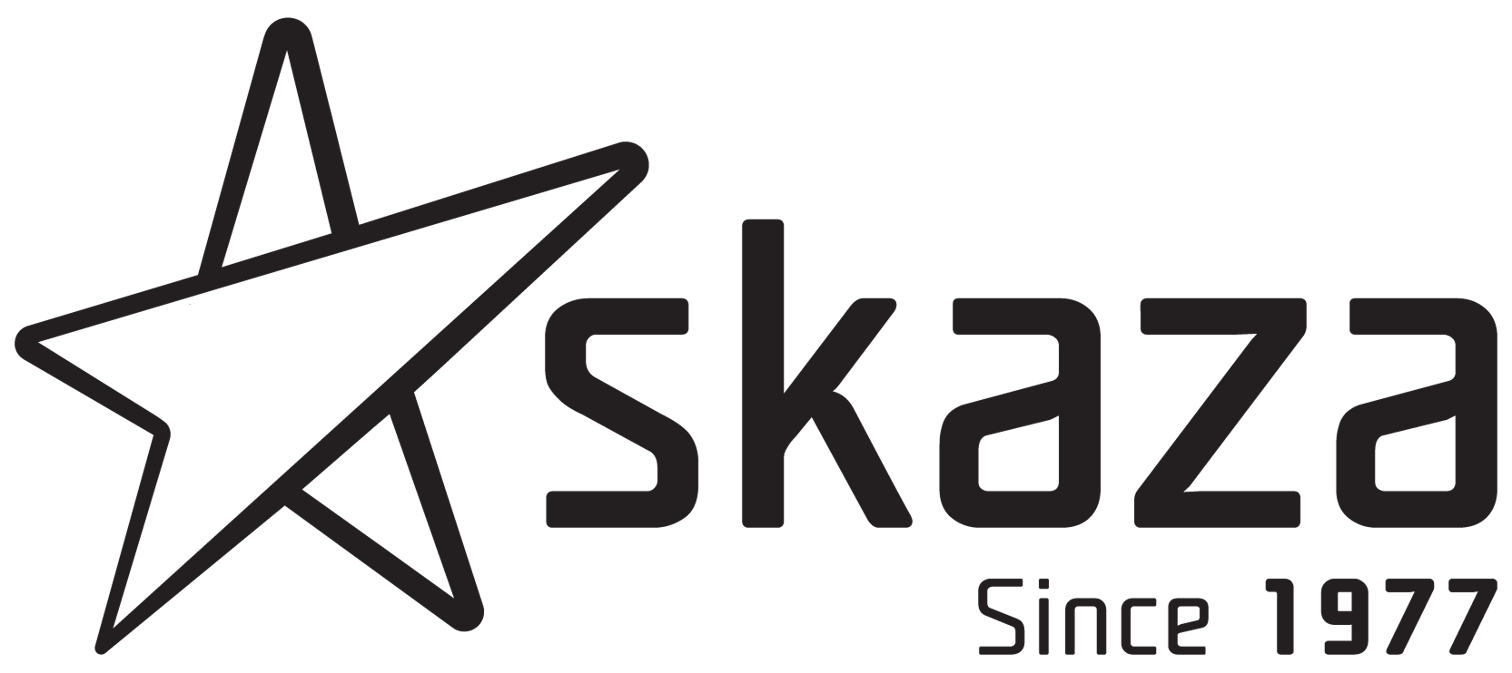"Our future is built on innovation and sustainable practices," emphasizes Niko Medved, Deputy Director of Skaza. With this vision, the company has launched a new compounding production line, marking a significant step toward greater sustainability and the circular economy.
The new technology enables the reuse of production residues and plastic waste that would otherwise become landfill waste. Additionally, it opens opportunities for developing unique materials tailored to the needs of the electrical and furniture industries.

Investment in Sustainability: When Will Full-Scale Production Begin?
Following successful testing, full-scale production is set to begin in the second quarter (Q2), with capacity gradually increasing until the end of the year.
The investment in the Slovenian part of the project exceeds 509.116,70 EUR, with 60% of the funding provided by the European LIFEcycle program. The main part of the investment was dedicated to acquiring and setting up the new processing line, which ensures more efficient resource use and waste reduction.
Which Materials and Waste Can Be Processed?
The new line allows for the processing of clean technical production residues generated during manufacturing. These include startup waste and products that do not meet quality standards due to minor deviations from specifications.
Processing is only possible if the residues are in flake form, as they must be ground beforehand. Since these materials are similar to the raw materials used in production, they can be easily reintegrated into the manufacturing process.
The most commonly processed materials include polypropylene (PP), polyethylene (PE), acrylonitrile-butadiene-styrene (ABS), and other thermoplastics suitable for reprocessing.
In addition to base materials, the process allows for the addition of stabilizers, colorants, fillers, reinforcements, flame retardants, and other additives to enhance the mechanical properties of the recycled material.
How Does Compounding Work?
Compounding is a process that ensures the uniform distribution of polymers, additives, and other components in the material. It involves two rotating screws that enable melting the raw materials, mixing them, and transporting them through a heated chamber.
Since the process takes place at high temperatures, precise temperature control and dosing of individual components are crucial. This is achieved through temperature sensors and a gravimetric dosing system.
At the end of the process, a homogeneous mixture in the form of a continuous “spaghetti-like” strand is stabilized, cooled, dried, and converted into granules.
These granules are then ready for further use in plastic injection molding.
What Are the Line’s Processing Capacities?
The new line can process 100 to 200 kg of material per hour, allowing for the annual recycling of up to 400 tons of plastic.
This initiative significantly reduces the amount of waste that would otherwise end up in landfills while also lowering greenhouse gas emissions and the carbon footprint.
"We are reducing the amount of waste that would otherwise end up in landfills while simultaneously lowering greenhouse gas emissions and our carbon footprint," emphasizes Dr. Urban Feguš, Director of Strategic Development and Innovation.

The Role of Compounding in Skaza’s Strategy
The compounding line plays a key role in Skaza’s vertical integration, allowing for greater control over the production process and customization of materials to meet specific customer requirements.
"We aim to be a 'one-stop shop' that covers everything from material development to automation and final product assembly," explains Feguš.
This strategy enhances Skaza’s competitiveness and establishes the company as a leading provider of sustainable solutions in the plastic injection molding industry.

Initial Results and Future Plans
Early tests on the new line have already yielded positive results. "We have successfully established waste processing procedures and developed our first proprietary material formulations, offering even better solutions to our customers," says Feguš.
In the future, Skaza aims to fully utilize the line’s capacity and further increase the amount of recycled material. Part of this will come from Skaza’s own production residues, while the company is also actively seeking external partnerships to fill the remaining capacity.
"Part of this volume consists of our own production residues, but we are also looking for external partnerships and developing new sourcing streams to maximize capacity," adds Feguš.

